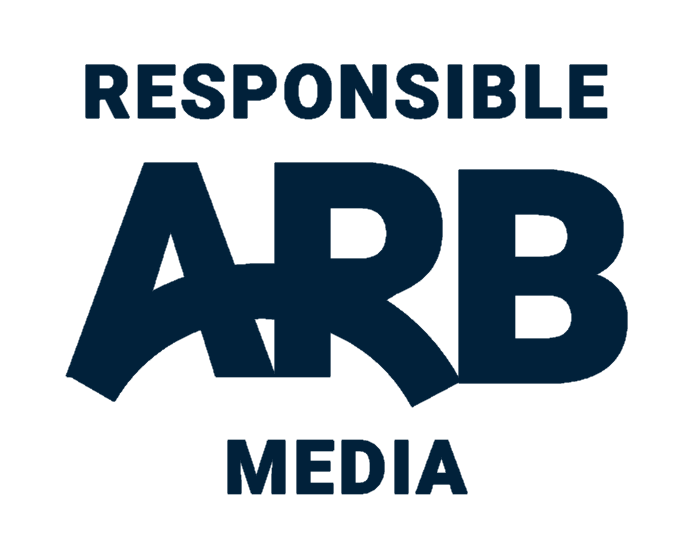Human Interest
SURVIVAL GUIDE: What to do in a flash flood─── 12:18 Fri, 23 Mar 2018

The South African Weather Service issued a warning in five provinces, including the eastern parts of the Free State, parts of the North West, Gauteng, Highveld areas of Mpumalanga and places in Kwa-Zulu Natal this week.
If you're caught in a flash flood, do not drive through or over a flooded road or bridge. Keep calm and think swiftly.
Turn back and try a higher route and don't stay in the flooded area.
If your vehicle is surrounded by water, get out and seek higher ground.
If you are stranded in a tree or building, don't leave it to enter the flood water. Make alarm and wait for rescuers.
If you are on foot, be aware that you can be knocked down by just 15 cm of moving water. If you come upon moving water, do not walk into it.
If you can, try to avoid contact with any flood waters. The water may be contaminated with raw sewage, oil or gasoline, and may also be charged with electricity from down power lines.
Be especially vigilant at night when it is harder to recognise potentially deadly road hazards.
Do not camp or park your car along rivers or washes, especially during heavy rains or thunderstorms.
Be very aware of your car's limitations:
If you drive through water that is 15 cm deep or more, your car could lose control and stall.
Furthermore, 30 cm of water is enough to float most cars, and 60 cm of rushing water can indeed carry away cars, SUVs and pick-ups.
Do not panic:
If your car becomes submerged by flood waters, release your seat belt, roll down your window and get out of the car.
If your windows won't open, let the car fill with water. Once that happens, you will be able to open the doors. Get out of the car immediately and swim to the surface. Do not stay in the car until it sinks.
If you are swept away:
Try to make sure your feet are pointed downstream.
Make every effort to direct your body over obstacles rather than under them.
The Tshwane Emergency Services Department has also warned motorists not to cross low-lying bridges.
(Disclaimer: These points were supplied by the Tshwane Emergency Services Department. All points should be taken as advice and are not meant to cover all possible circumstances.)













